How does a childhood memory turn into the creation of a timepiece that blends Swiss watchmaking expertise with Gemmyo’s DNA? Julien Deghetto, Secretary General of the Maison, takes us behind the scenes of an ambitious project: Prima, Gemmyo’s very first watch. A lifelong watch enthusiast, Julien turned his obsession with mechanics and aesthetics into a creative and technical challenge. An inside look at the journey, inspiration, and craftsmanship behind this exceptional object.
What’s your earliest watch-related memory?
It dates back to my childhood. I was fascinated by old films, especially the James Bond series, and I have a vivid memory of Goldfinger. Sean Connery’s watch really struck me. To me, it was the ultimate male accessory. I grew up in a modest Corsican family where I was taught to appreciate beautiful things and to take care of the objects we owned, out of respect for the craftsmanship behind them. That mindset never left me. It probably started in cinema, where a watch, one of the few accessories worn by men, was a symbol of refinement.
Can you tell us a bit about your background?
My path has been fairly classic: I went to business school in Paris without really knowing what I wanted to do. I joined Gemmyo as an intern in operations, handling orders at a time when the company had only about 15 employees. After that, I spent four years in customer service. Then I took a break for a year and a half before returning, first as product marketing manager, then gradually shifting toward project management.
How did the idea of creating a watch come about at Gemmyo?
The connection with watchmaking came quite naturally. I’d been passionate about it since I was young, and it was something I deeply cared about. Pauline and I had discussed it for a while, it felt like a natural next step for the Maison. Many jewelry Maisons eventually explore watchmaking. The two fields are close in spirit, though different in execution. At their core, both require the same commitment to quality and craftsmanship.
The challenge for us was to learn a whole new métier. Unlike the made-to-order model we use in jewelry, watchmaking involves working with stock, which was a major shift. For Prima, our very first model, we had to order watches in advance, which forced us to rethink our entire business model.
I had some technical knowledge from a watch movement assembly workshop, but most of my learning happened hands-on during the development process.
The Prima model is intentionally minimalist: no date, no complications, just a clean, efficient design. We started with a women’s model, in keeping with our brand’s feminine identity. While our men’s range is less developed today, our goal is to become increasingly unisex, with pieces like our wedding bands, the Entaille collection, and cord bracelets. A men’s watch is definitely in our plans, and I’d love to help bring it to life.
Besides cinema, where does your passion for watchmaking come from, and how do you keep it alive?
It goes far beyond cinema. For me, a watch is an object of desire, something that marks important milestones in life. I tend to be obsessive with my passions: when something grabs me, I go all in. A watch, for me, isn’t just about monetary value. It holds memories. I’ve often marked meaningful moments with a watch, my daughter’s birth, my wedding, even finishing a triathlon. Successes are often linked to a timepiece, no matter its price.
My personal collection has evolved thoughtfully over the years. While I own a few beautiful watches, the one I treasure most is a vintage piece my father gave me, a gift from my mother for their wedding anniversary. It has little financial value, but its meaning is priceless. Beyond the emotional side, I’m fascinated by the mechanics and beauty: such a tiny object, entirely mechanical, working for decades without a battery, it’s a marvel. A true testament to craftsmanship, design, and engineering.
To fuel this passion, I closely follow industry news, explore novelties, and attend fairs like Watches & Wonders. I’m lucky to have some contacts in the field too, which helps me stay informed. I also spend a lot of time on Chrono24, mostly browsing out of curiosity rather than intent to buy. It’s a guilty pleasure. And I have a go-to book: Watches: A Guide by Hodinkee by Assouline. It’s a collector’s gem, I revisit it often to deepen my knowledge.
How did the idea for Prima specifically come to life?
It began with a business opportunity. Pauline and I wanted to explore new territory and introduce new products. We quickly identified a real gap in the market for elegant women’s watches around €1500, a segment that was still underexplored at the time.
As for preserving the legacy of Swiss watchmaking, choosing Switzerland came naturally. While France, particularly around Besançon, has a rich watchmaking history, we ultimately opted for Switzerland due to the exceptional quality of its movements. That said, we chose to produce our leather straps in Besançon at a French tannery. But for the movement and final assembly, we partnered with a Swiss workshop.
After visiting several manufactures, we found one that shared our vision and made truly beautiful watches. They trusted us with the project, which marked the beginning of two years of close collaboration. Watch development is an incredibly complex process, where the design phase is absolutely critical. After sketching, we had to ensure the movement would fit perfectly, that the hands were balanced correctly, and that every component worked in harmony. While some of these challenges exist in jewelry, like the balance between a stone and its setting, watchmaking brings an extra layer of complexity. A design isn’t enough. The watch has to work. You’re dealing with mechanical constraints, which is why a solid, experienced manufacturer is essential from day one.
Any tips for choosing the right watch?
Ask yourself a few key questions: Is this a watch you’ll wear every day? Will you keep it on no matter what? Should it be water-resistant? Durable? The answers will guide you in choosing materials. For everyday use, stainless steel or leather straps can be ideal, steel being sturdier, leather being more refined but requiring care.
Price isn’t always a measure of quality. Some very expensive watches, though beautifully made, aren’t practical for daily wear. Others, like many Japanese watches, are extremely reliable and affordable.
Ultimately, it’s a personal choice, but aesthetics come first. Just like with jewelry, the beauty of the design should guide your choice. Once you’ve found a style you love, then dive into the specs: materials, movement quality, durability.
That’s exactly the approach we took with Prima: a design that answers an aesthetic need while using top-quality materials, a beautiful leather strap, premium steel, and a reliable, durable movement. It’s made for everyday wear and water-resistant to 50 meters.
Beyond the watch itself, there’s also the story behind it. A brand’s values, heritage, and mission can all influence your decision. Many watch brands have fascinating technical legacies: the first waterproof watch, the first automatic watch, the first horological complication… Personally, that kind of story really resonates with me.
One of the greatest joys of owning a watch, for me, is being able to pass it on. My dream is to someday gift my children the watch I chose for myself. That idea of transmission means everything.
Is watchmaking, like jewelry, a world of well-kept secrets, or is knowledge shared among brands?
Watchmaking is a very secretive world, arguably even more so than jewelry, largely because of patents. Some major manufactures develop their own “in-house” movements, but those are few and far between. Most brands, especially smaller or independent ones, use movements made by specialized producers, which allows them to maintain high standards at a more accessible price point.
What I find fascinating is the diversity of watch brands, some more affordable but with standards nearly on par with heritage Maisons. These brands buy movements from top-tier manufacturers. That’s what we did for Prima: we selected a high-quality movement but don’t manufacture it in-house. Creating an in-house movement would be amazing, but it would also raise costs significantly and impact the final retail price.
Designing a top-tier movement means going through various certifications, like the COSC, the Swiss standard for precision and reliability. The R&D and testing required for such a movement is immense, which is why many brands, including Gemmyo, prefer to collaborate with established movement specialists. Switzerland and Japan remain the leading producers of high-quality movements, powering most of today’s modern watches.
Bonus question! Your portrait…
If I were…
A piece of jewelry: the Paris 1901 M ring, for its bold simplicity.
A watch: Prima, steel with a single-loop natural leather strap—perfectly balanced between elegance and understatement.
A stone: the chocolate diamond, my favorite for its discreet and original charm.
A dish: cannelloni with brocciu, a nod to my Corsican roots.
A work of art: Paul Newman’s watch, an icon of timeless excellence.
A destination: Corsica, without hesitation.
An artist: Simon Porte Jacquemus, for his authenticity and quiet confidence despite massive success.
A mantra: “I didn’t want to be here today, which is exactly why I’m here.” A reminder of discipline and motivation.

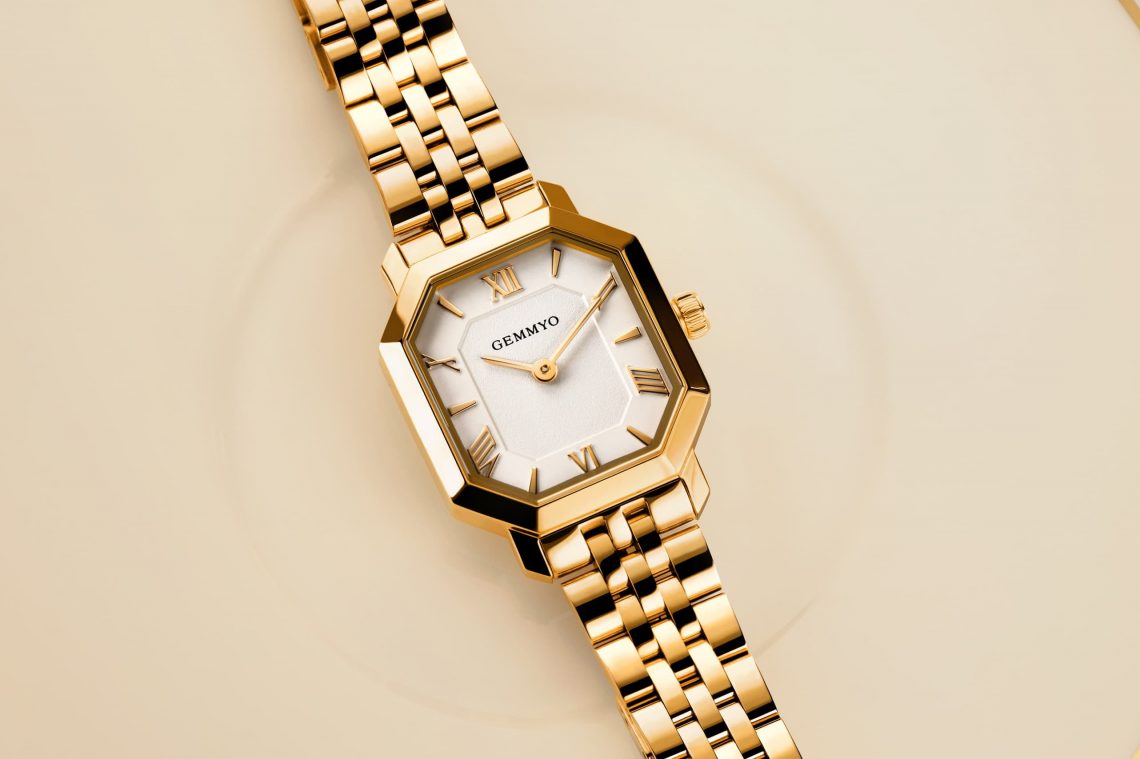

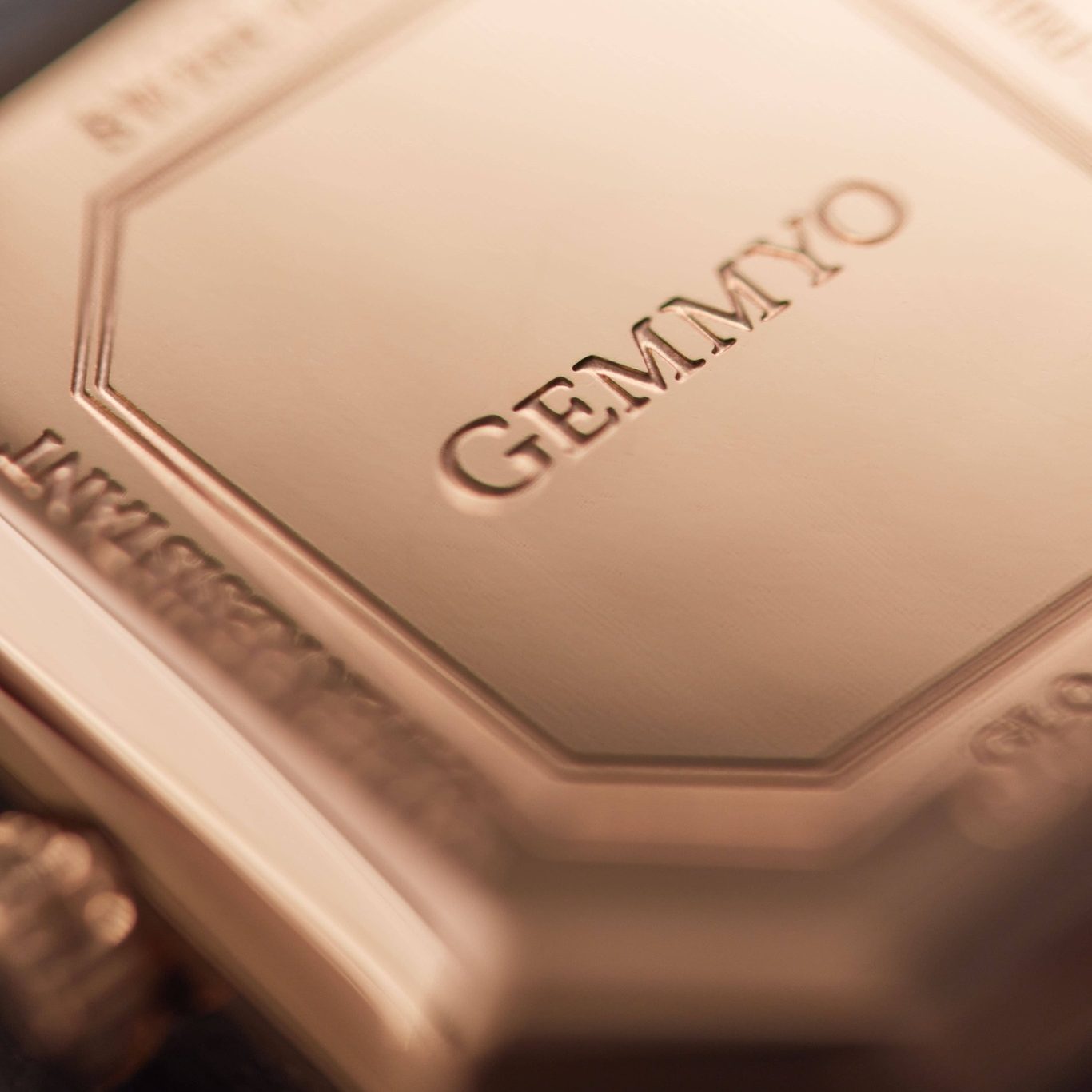
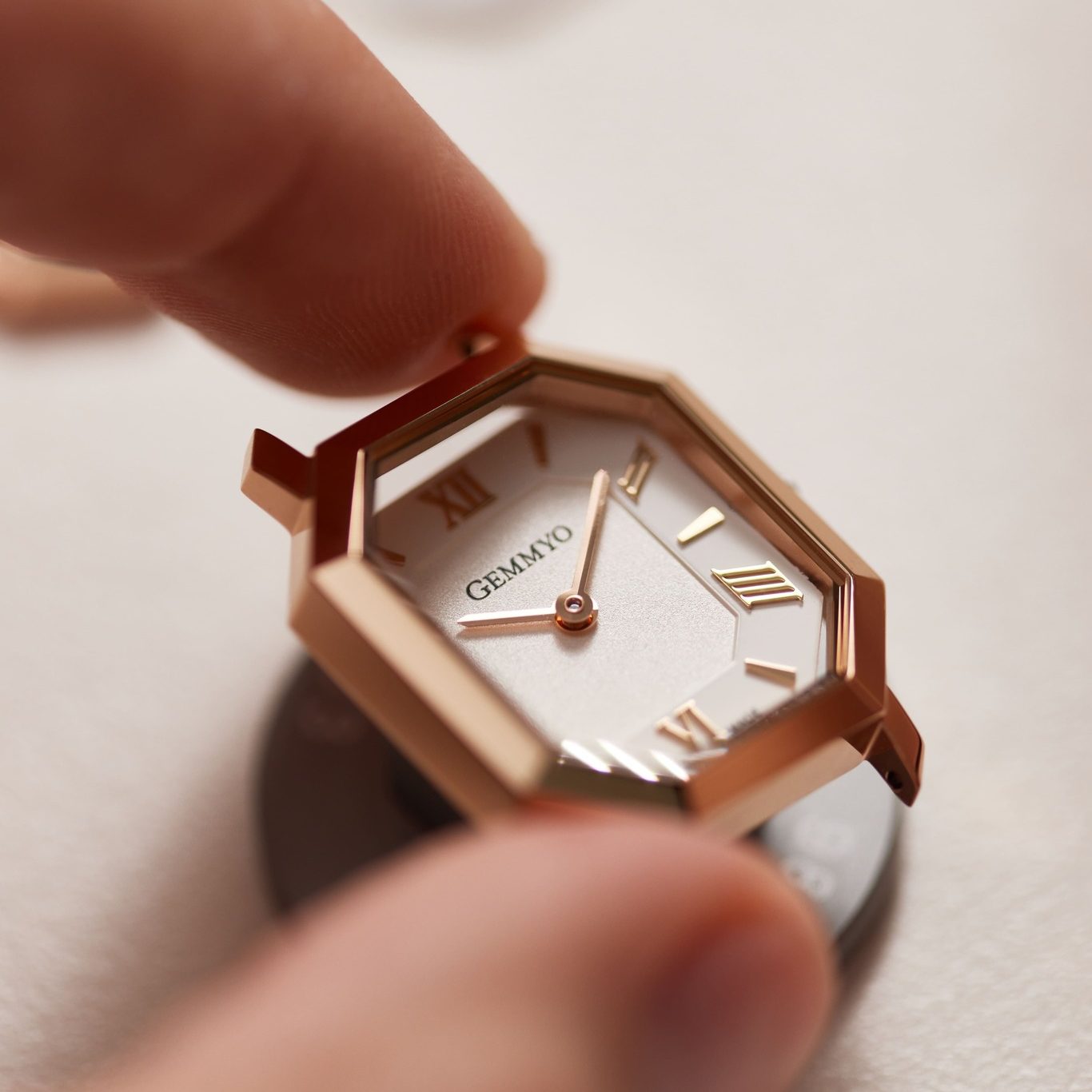
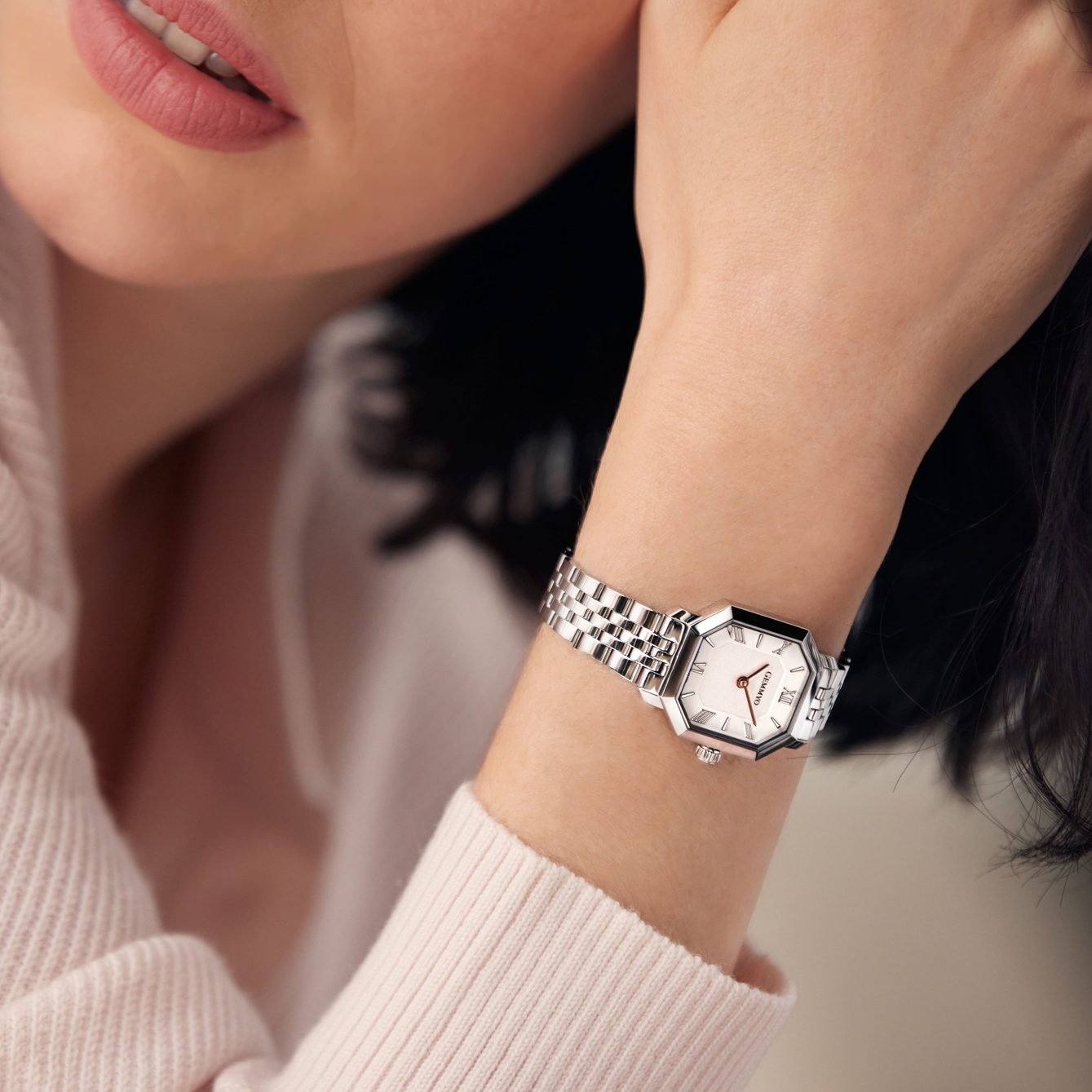
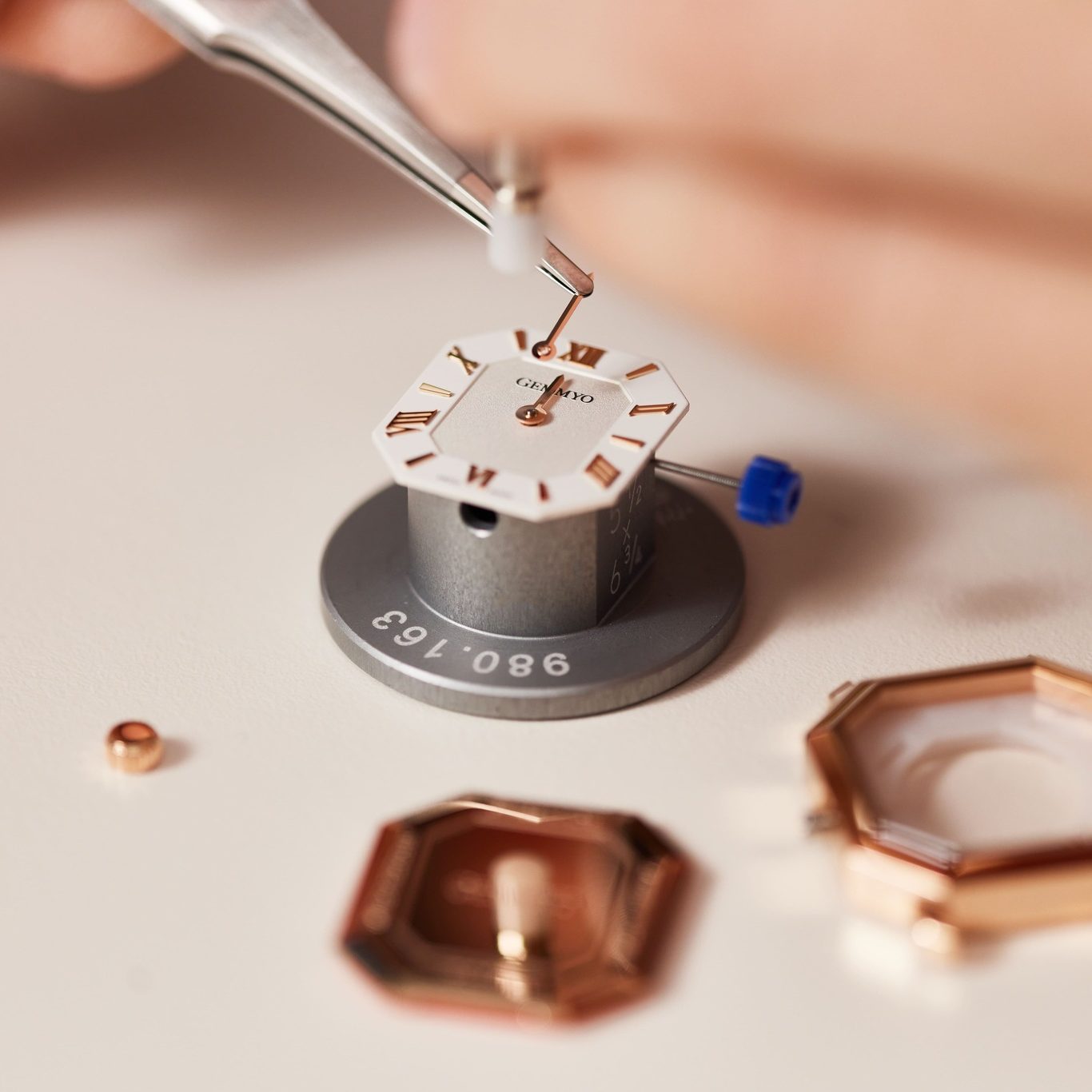
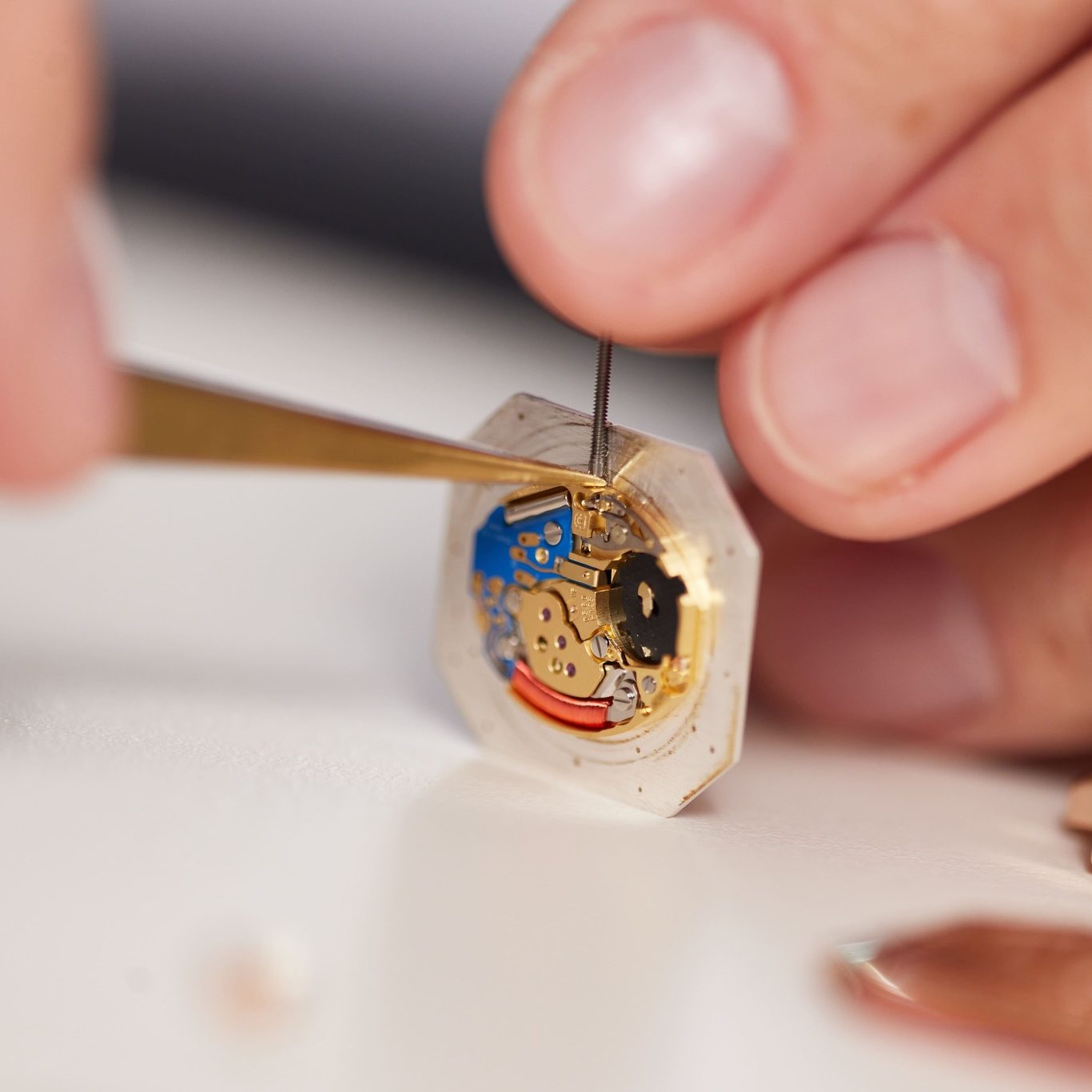
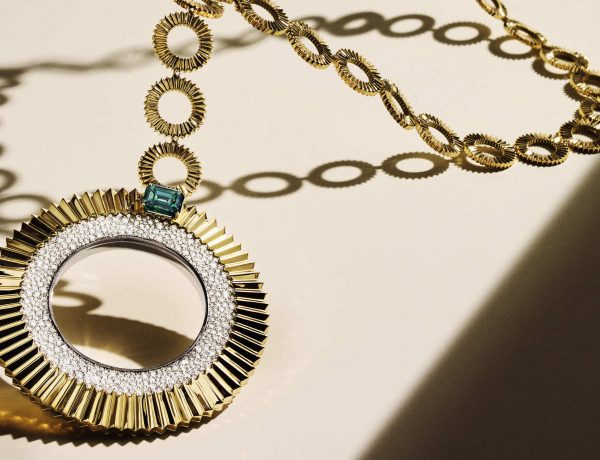
No Comments